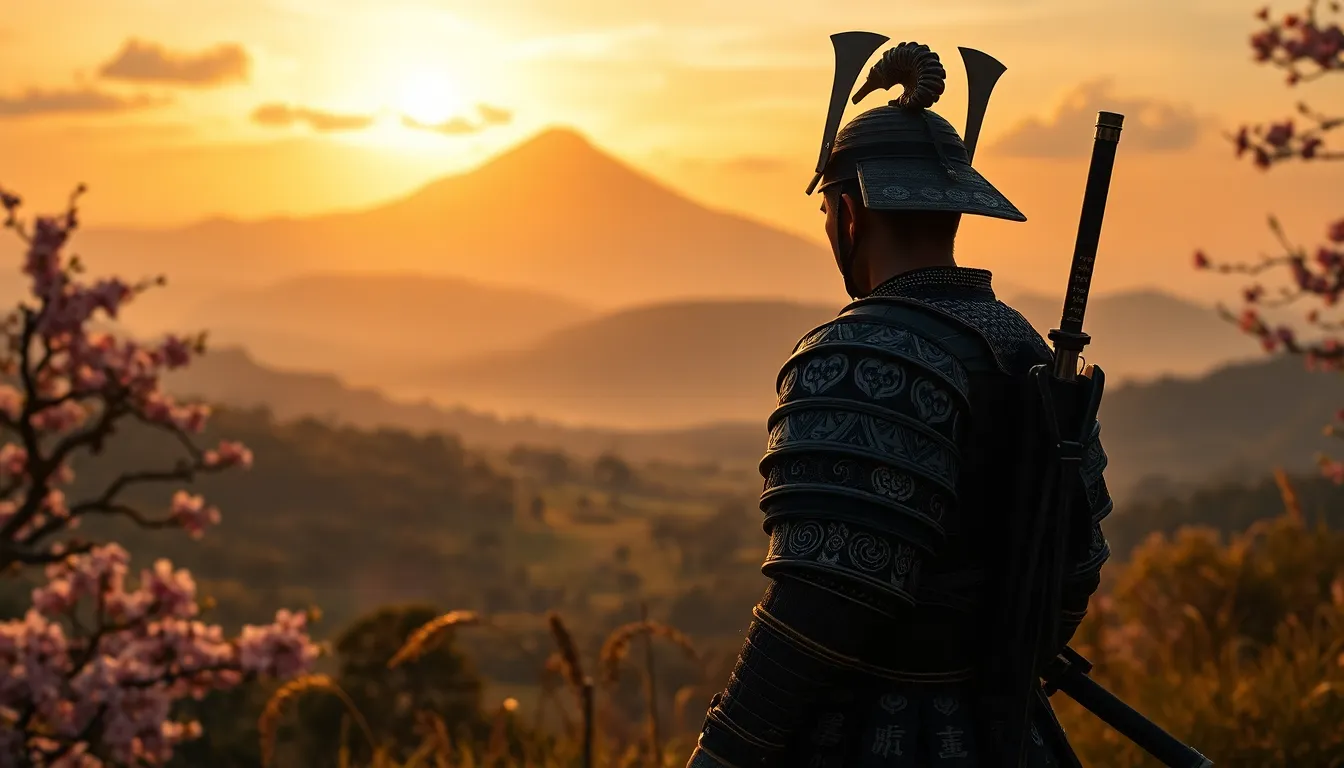Table of Contents
ToggleIn the world of gaming, few titles have managed to captivate players like “Ghost of Tsushima.” Picture this: you’re a samurai warrior, tasked with defending your homeland from a relentless invasion, your only allies being your sword and your wits. Flipping through each Act feels like diving into a new chapter in a gripping novel, filled with twists, turns, and stunning visuals that rival a high-definition nature documentary. With breathtaking landscapes that make you question if you’ve stumbled into a Japanese art piece, it’s no surprise that this game has amassed a devoted fanbase. Let’s slice through the layers of this epic adventure, pun very much intended, and explore the depths of its acts, characters, and underlying themes. Ready your katana for a jump into the realm of Tsushima.
Overview Of Ghost Of Tsushima

Before diving into the meat of the game, it’s essential to understand its backdrop. Set in 1274, Ghost of Tsushima transports players to Tsushima Island, a stunningly recreated landscape that merges reality with folklore. Sucker Punch Productions crafted this tale of resilience and courage amidst the chaos of the Mongol invasion. It’s not just a visual feast: the narrative intertwines honor, loyalty, and the ancient ways of the samurai, offering a holistic experience that resonates with many.
Players step into the shoes of Jin Sakai, a young samurai determined to protect his home and family. Throughout the game, he grapples with traditional samurai values against the wisdom he gains fighting against oppressive forces. The unique storyline invites players to consider what it means to be a warrior in a world marked by betrayal and sacrifice.
Eventually, Ghost of Tsushima lives up to the hype, combining immersive gameplay, rich storytelling, and a world begging to be explored.
Act 1: The Broken Island
Act 1 introduces the players to the harsh realities Jin faces as the Mongol forces invade Tsushima. Key Objectives And Missions include learning the ropes of combat, scouting out enemy camps, and forming alliances. From stealth missions to face-to-face combat, Jin’s growth begins here.
Major Characters Introduced
Here, players meet pivotal characters that shape Jin’s journey, including Yuna, a skilled thief who becomes Jin’s ally, and Khotun Khan, the formidable Mongol leader. Each character adds layers to the story, enriching Jin’s narrative and creating numerous opportunities for player decision-making.
Themes And Motifs
The themes of honor versus survival pulse through this Act, illustrating the life-altering decisions Jin must make. As he transforms from a samurai to a ghost, the game vividly portrays the struggle between upholding tradition and adapting to new realities in the face of an unstoppable enemy.
Act 2: The Warrior’s Path
In Act 2, titled The Warrior’s Path, Jin embraces his new identity amid escalating conflict. Key Objectives And Missions push players deeper into the heart of Tsushima’s resistance, where stealth becomes essential for survival. This Act tests players’ strategic thinking, challenging them to reconcile Jin’s samurai principles with guerrilla warfare tactics.
Character Development
Here, character development shines brightly. As Jin learns from his mistakes, players witness his struggle with identity and honor. The relationship with Yuna deepens, and their combined efforts illustrate that teamwork often trumps individual strength in tumultuous circumstances.
Shifts In Gameplay Mechanics
Notably, gameplay mechanics evolve during this segment. Players experience revamped combat techniques and new stealth abilities, enhancing immersion. The shifts enable players to adapt their strategies, keeping engagements dynamic and exciting, and reflecting Jin’s transformation.
Act 3: The Last Stand
Act 3, The Last Stand, is where everything culminates in a series of breathtaking encounters. Climactic Battles And Key Events involve dramatic confrontations with Khotun Khan. These battles are not just about combat: they symbolize Jin’s internal struggle, turning each clash into a poignant moment of self-discovery.
Resolution Of Character Arcs
As characters evolve, resolution becomes essential. Jin confronts the consequences of his choices, leading to a heart-wrenching yet fulfilling conclusion. The arc involving Khotun Khan also provides depth, showcasing how power corrupts and the lengths to which individuals will go for control.
Final Themes And Implications
Themes of sacrifice, loyalty, and redemption resonate powerfully here. Players witness the resolution of Jin’s journey from a traditional samurai to a ghost ready to take on the world, embodying the game’s core message: sometimes, embracing a new identity is necessary to protect what you hold dear.




